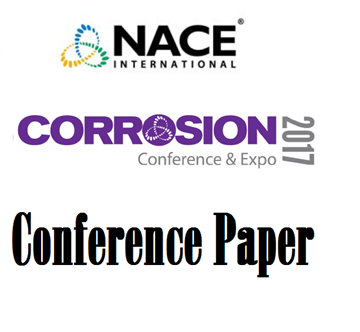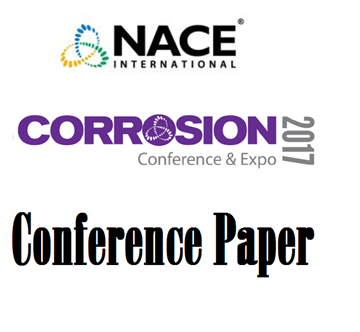Search
Individual Conference Papers
View as
Sort by
Display
per page
Using Guided Waves Testing (GWT) for the Integrity Inspection of Pipelines
Product Number:
51324-20599-SG
Publication Date:
2024
$40.00
Using Lead Abatement Contractors for Surface Preparation on Commercial Properties - The Consequences of Sacrificing Quality for Safety
Product Number:
51216-012-SG
Publication Date:
2016
$20.00
Using Long-Term Performance Data for Design of Galvanic Cathodic Protection Systems
Product Number:
51323-19093-SG
Publication Date:
2023
$20.00
Using Machine Learning to Assess Internal Corrosion Constituent Thresholds
Product Number:
51324-20677-SG
Publication Date:
2024
$40.00
Using Peak Density in the Evaluation of the Surface Preparation of Hot-Dipped Galvanized Steel
Product Number:
51219-182-SG
Publication Date:
2019
$20.00
Using Portable Material Property Devices for Pipe Grade Determination
Product Number:
51317--9267-SG
ISBN:
9267 2017 CP
Publication Date:
2017
$20.00
Using Robotic Inspection for Flare System to Avoid Plant Shutdown
Product Number:
MPWT19-14300
Publication Date:
2019
$0.00
Using Simulation to Understand the Difference Between Corrosion in Atmospheric Environments and Chamber Tests
Product Number:
51319-13242-SG
Publication Date:
2019
$20.00
Using the German Test Method TL 8135-002 for Multi-Metal Application: Non-Ferrous Alloys
Product Number:
51324-20795-SG
Publication Date:
2024
$40.00
Using Ultrasonic Technique to Determine Fitness for Service of FRP Equipment for Chemical Handling Applications
Product Number:
51317--8861-SG
ISBN:
8861 2017 CP
Publication Date:
2017
$20.00
Using Virtual Reality to Help Teach Application Technique
Product Number:
41213-798-SG
Publication Date:
2013
$20.00
Utilization Of Adsorption Kinetics Rate Constants To Better Define Corrosion Inhibitor Availability
Product Number:
51321-16861-SG
Publication Date:
2021
$20.00












